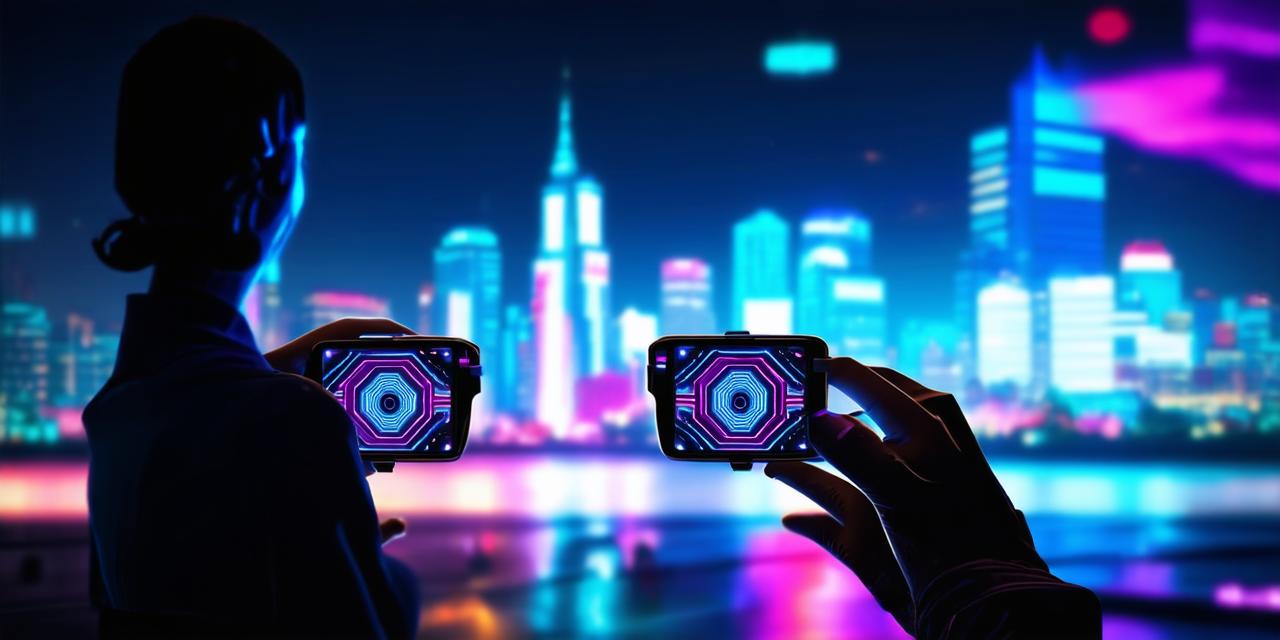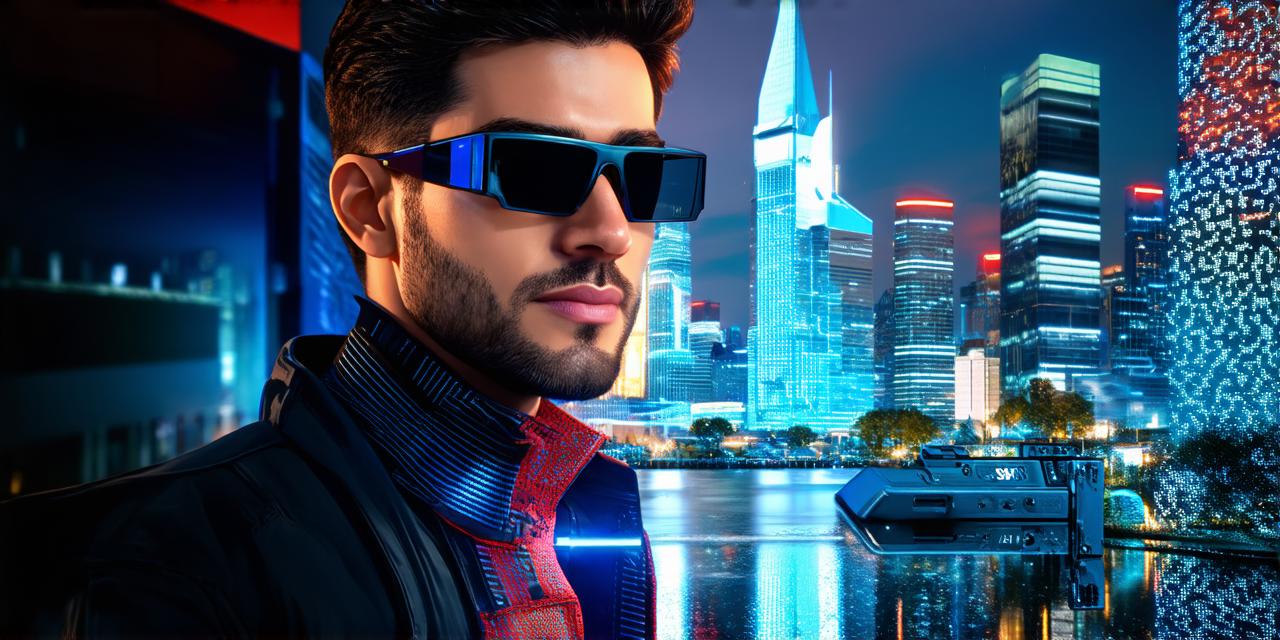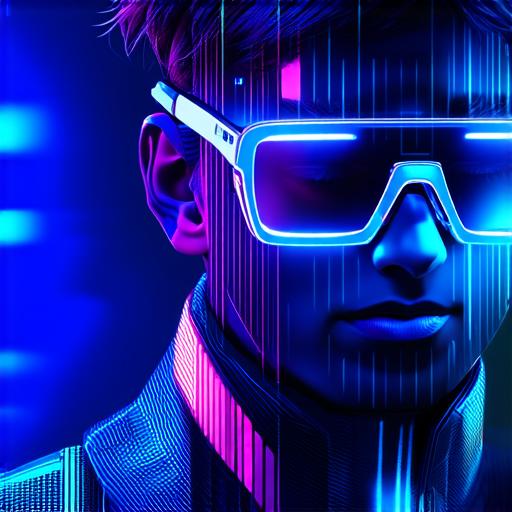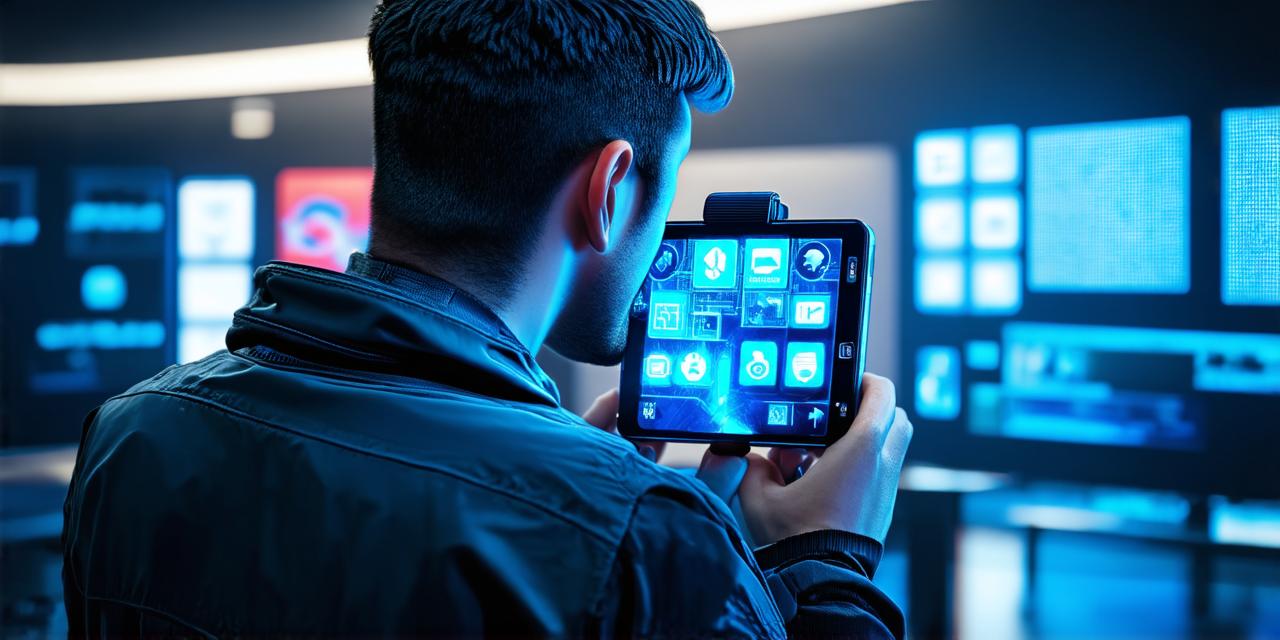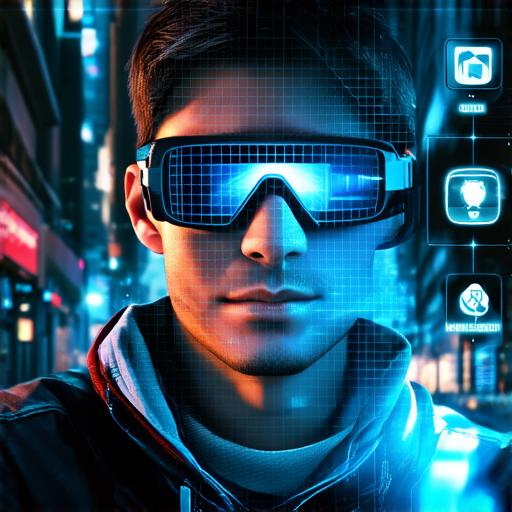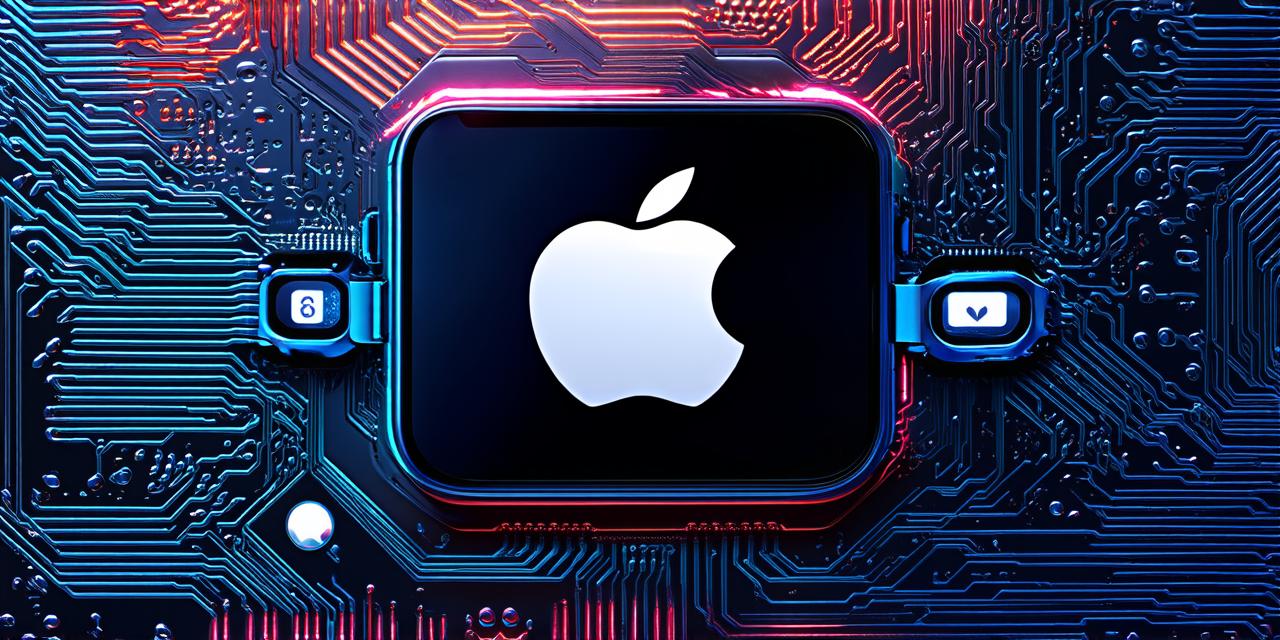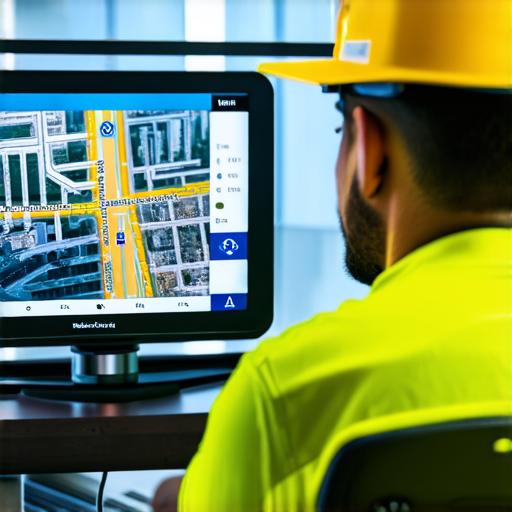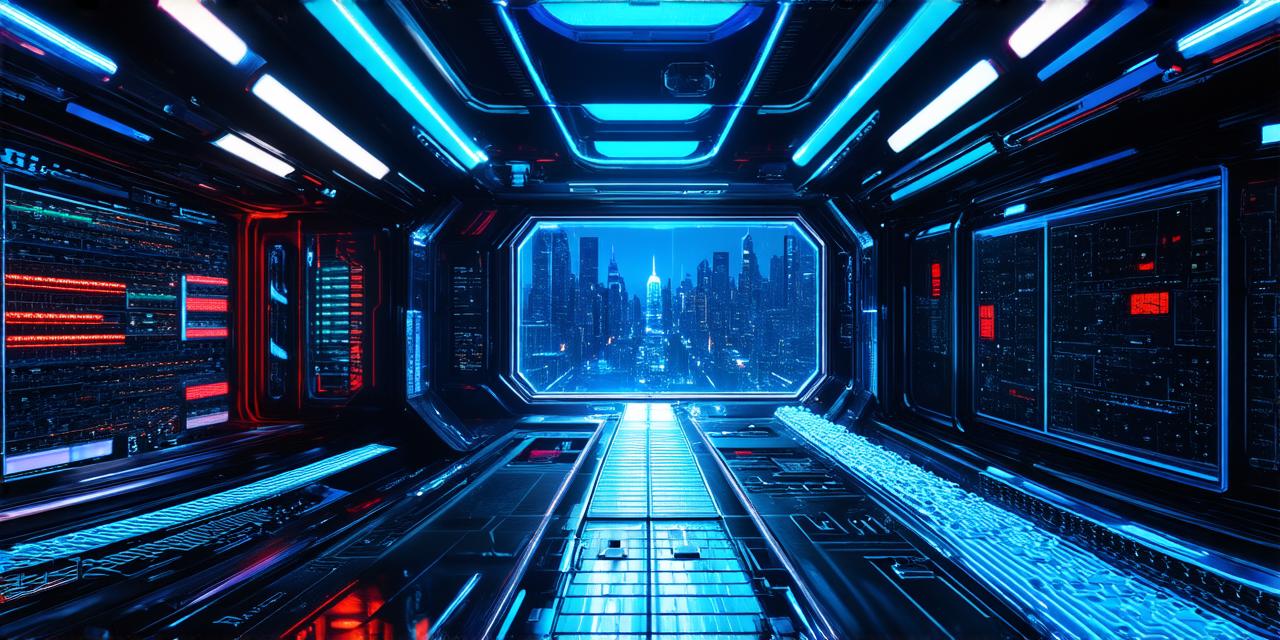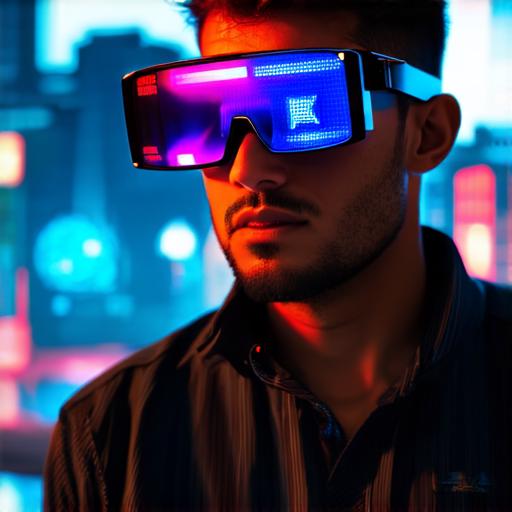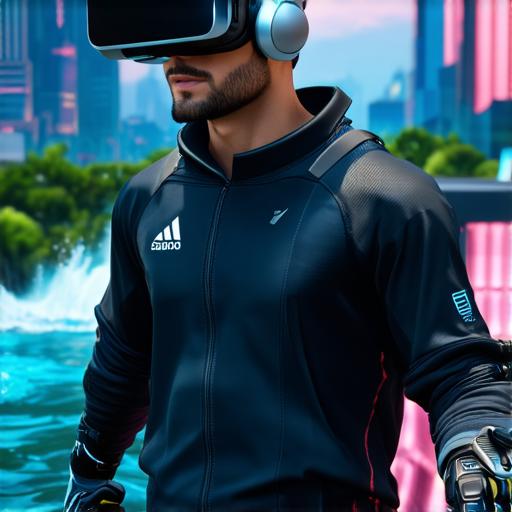How to create augmented reality
Introduction
Augmented reality (AR) is an immersive technology that enhances real-world environments with computer-generated graphics and data. AR applications have revolutionized industries such as gaming, education, marketing, and healthcare by providing interactive experiences that engage users in new ways.
Designing User Interfaces for AR Applications
Before diving into the technical aspects of creating an AR application, it’s important to consider the user experience. To create an effective AR application, developers must design user interfaces that are intuitive, easy to navigate, and visually appealing.
One key aspect of designing user interfaces for AR applications is to ensure that they are optimized for touch interactions. Since users will be interacting with their AR environment using their smartphones or tablets, it’s important to design interfaces that are optimized for touch-based navigation.
Another important consideration when designing user interfaces for AR applications is the placement of 3D objects in real-world environments. To create an immersive experience, developers must carefully consider how 3D objects will interact with the real world. This involves considering factors such as depth perception, lighting, and perspective to ensure that objects are placed in a way that feels natural and intuitive.
Selecting the Right Tools and Technologies for AR Applications
To create an AR application, developers must select the right tools and technologies for their project. There are several key tools and technologies that are essential for creating AR applications, including:
- Unity3D – a powerful game engine that is widely used for creating AR experiences.
- Vuforia – a popular AR development platform that provides a range of tools and features for creating AR applications.
- Apple’s ARKit – an AR framework that allows developers to create AR experiences for iOS devices.
- Google’s ARCore – an AR framework that allows developers to create AR experiences for Android devices.
When selecting the right tools and technologies for your AR application, it’s important to consider factors such as platform compatibility, ease of use, and available resources. For example, if you are targeting iOS devices, Unity3D or Vuforia may be a good choice due to their popularity and availability of resources. However, if you are targeting Android devices, ARCore may be the better option.
Creating 3D Objects for AR Applications
One of the key components of an AR application is the creation of 3D objects that will be overlaid on real-world environments. To create 3D objects for your AR application, you can use a variety of tools and techniques, including:
- 3D modeling software – such as Blender or Maya, which allow developers to create detailed 3D models of objects.
- 3D scanning technology – which allows developers to capture real-world objects and convert them into 3D models that can be used in AR applications.
- 3D printing technology – which allows developers to create physical objects that can be scanned and used as the basis for 3D models.
When creating 3D objects for your AR application, it’s important to consider factors such as texture, lighting, and animation to ensure that the objects feel realistic and engaging.
Optimizing Your AR Application for Performance
One of the key challenges of creating an AR application is optimizing it for performance. Since AR applications require real-time rendering of 3D graphics and data, they can be resource-intensive and may require powerful hardware to run smoothly. To optimize your AR application for performance, you can use a variety of techniques, including:
- Reducing the number of polygons in 3D models – by using simpler models with fewer details, you can reduce the load on your device’s hardware and improve performance.
- Using texture compression – by compressing textures used in your AR application, you can reduce the amount of data that needs to be transferred between devices and improve performance.
- Optimizing lighting – by using realistic lighting models and adjusting lighting conditions to match real-world environments, you can improve the overall visual quality of your AR application while minimizing the load on your device’s hardware.
- Using frame rates and other performance metrics to monitor and optimize your application in real-time.

Creating an Effective Content Strategy for Your AR Application
Finally, to create a successful AR application, you must develop a strong content strategy that will engage users and keep them coming back for more. This involves considering factors such as the purpose of your application, the target audience, and the types of content that will be included in your application.
To create an effective content strategy for your AR application, you can use a variety of techniques, including:
- Creating engaging storylines or game mechanics – by incorporating elements such as quests, challenges, and rewards, you can create an immersive experience that keeps users engaged.
- Using educational content – by incorporating educational content into your AR application, you can provide a unique learning experience for your target audience.
- Collaborating with influencers or other brands – by partnering with influencers or other brands, you can increase the visibility and reach of your AR application.
- Using data analytics to monitor user behavior and adjust content accordingly.
Conclusion
Creating an augmented reality application can be a complex and challenging task, but with the right tools, techniques, and strategies in place, it’s possible to create immersive experiences that engage users in new ways. By following the steps outlined in this guide, AR developers can create applications that are optimized for performance, user experience, and content strategy, while also staying up-to-date with the latest trends and technologies in the field of augmented reality.
